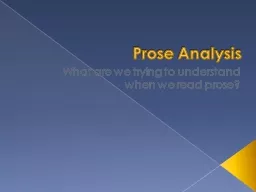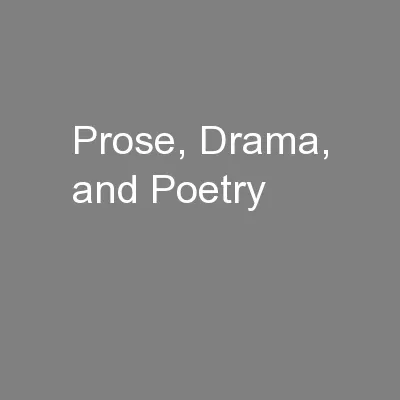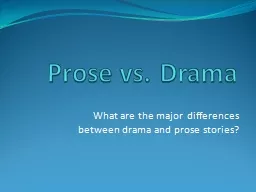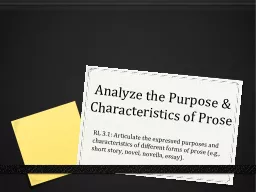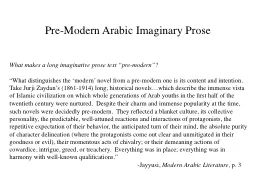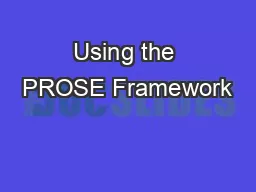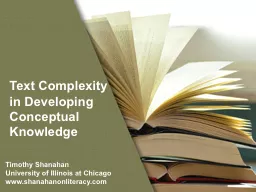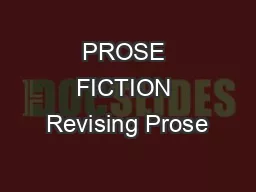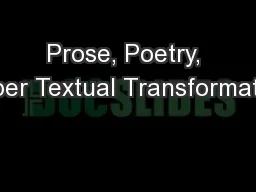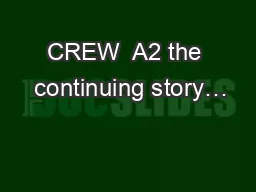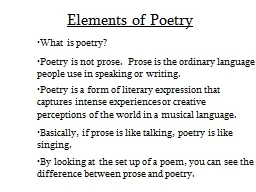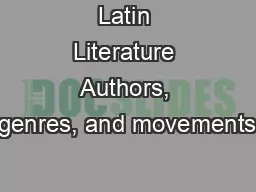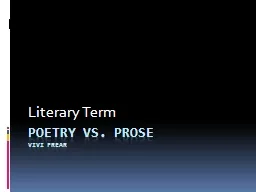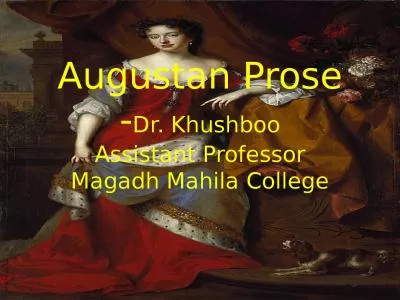PPT-Prose Analysis What are we trying to understand
Author : giovanna-bartolotta | Published Date : 2018-12-16
when we read prose ASPECTS OF PROSE ContentTopic Point of view Style Speech and thought Grammar Metaphorical language CONTENT What is the mode writtenspoken
Presentation Embed Code
Download Presentation
Download Presentation The PPT/PDF document "Prose Analysis What are we trying to und..." is the property of its rightful owner. Permission is granted to download and print the materials on this website for personal, non-commercial use only, and to display it on your personal computer provided you do not modify the materials and that you retain all copyright notices contained in the materials. By downloading content from our website, you accept the terms of this agreement.
Prose Analysis What are we trying to understand: Transcript
Download Rules Of Document
"Prose Analysis What are we trying to understand"The content belongs to its owner. You may download and print it for personal use, without modification, and keep all copyright notices. By downloading, you agree to these terms.
Related Documents

